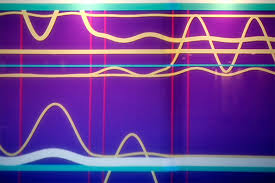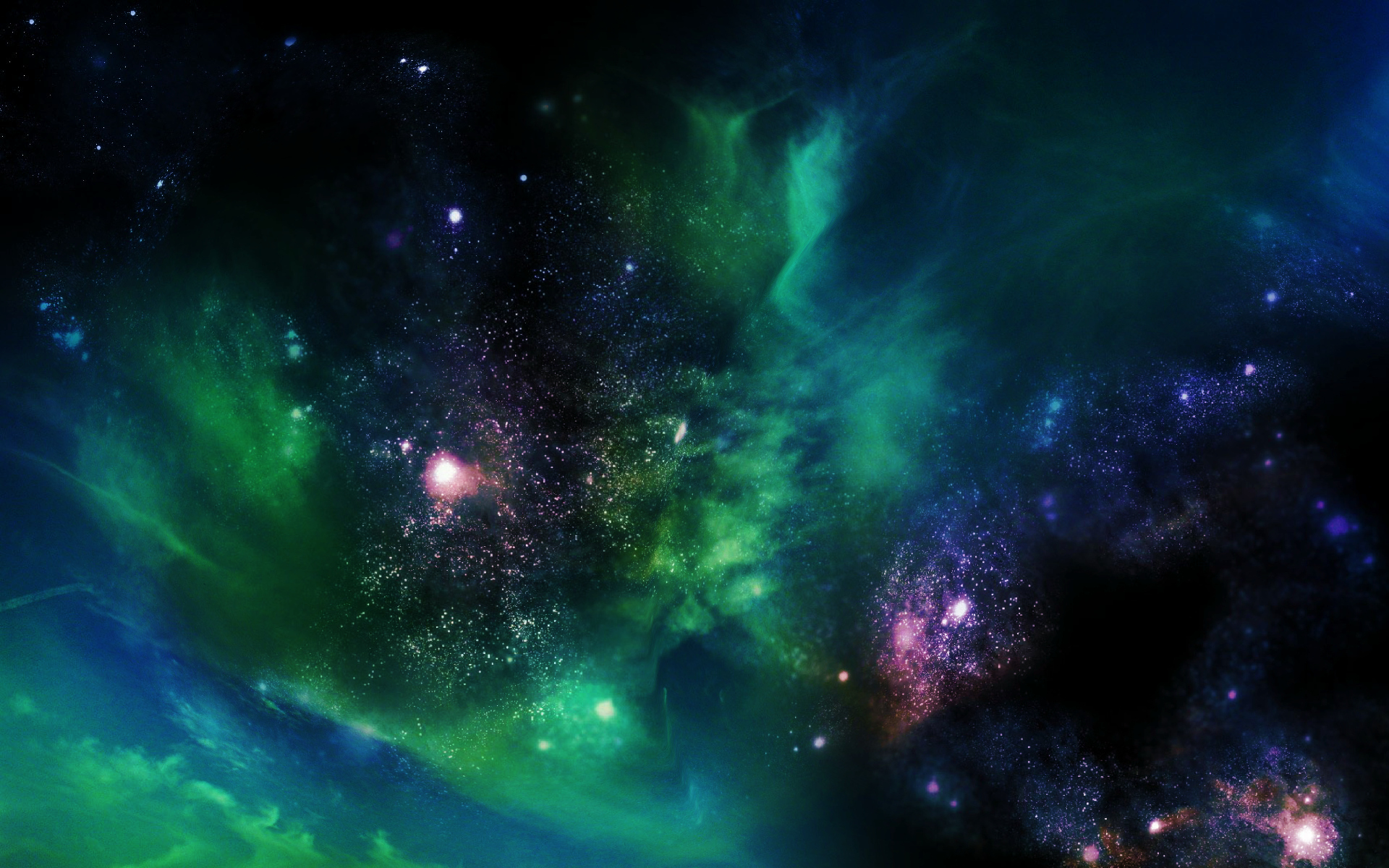
There is just one specimen of mineral known as Kyawthuite crystal, in the world.

Scientists have discovered a strange new form of crystal that was forged in the world's first nuclear weapons test. Known as a "quasicrystal", the curious creation is arranged in an extremely rare atomic structure.

Astronomers have detected silica in exoplanet atmospheres before. But this is the first time they’ve found particles of what appears to be pure quartz.

Scientists have engineered a molecular soft cocrystalline structure that bends and twists reversibly and without disintegration. Such crystal it a robust candidate for advanced molecular electronics and other new materials.

New state of matter - the first 3-D quantum liquid crystals may have applications in ultrafast quantum computing.

Crew members aboard the International Space Station will begin conducting research this week to improve the way we grow crystals on Earth.

Two teams built a time crystal, the first examples of a non-equilibrium form of matter.

A major technological advance in the field of high-speed beam-scanning devices has increased the speed of 2-D and 3-D printing by up to 1000 times.

From deep inside a Siberian mine, researchers have cataloged a series of materials unlike any others yet found in the ground. They do, however, bear a startling similarity to certain lab-grown materials that weren't thought to exist in nature at all - until now.

Engineers from the University of Rochester have produced a new shape-changing polymer that rapidly responds to body heat. This remarkable new mighty morphing material, which can lift objects up to 1,000 times its own mass, is showcased in the Journal of Polymer Science Part B: Polymer Physics.

Scientists have found opal-like crystals in the Tagish Lake meteorite, which fell to Earth in Canada in 2000. This is the first extraterrestrial discovery of these unusual crystals, which may have formed in the primordial cloud of dust that produced the sun and planets of our solar system 4.6 billion years ago.